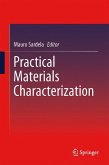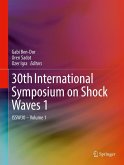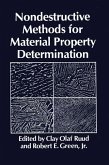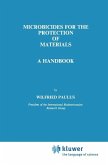The problem of superconductors has been a central issue in Solid State Physics since 1987. After the discovery of superconductivity (HTSC) in doped perovskites, it was realized that the HTSC appears in an unknown complex electronic phase of c- densed matter. In the early years, all theories of HTSC were focused on the physics of a homogeneous 2D metal with large electron-electron correlations or on a 2D polaron gas. Only after 1990, a novel paradigm started to grow where this 2D metallic phase is described as an inhomogeneous metal. This was the outcome of several experimental evidences of phase separation at low doping. Since 1992, a series of conferences on phase separation were organized to allow scientists to get together to discuss the phase separation and related issues. Following the discovery by the Rome group in 1992 that "the charges move freely mainly in one direction like the water running in the grooves in the corrugated iron foil," a new scenario to understand superconductivity in the superconductors was open. Because the charges move like rivers, the physics of these materials shifts toward the physics of novel mesoscopic heterostructures and complex electronic solids. Therefore, understanding the striped phases in the perovskites not only provides an opportunity to understand the anomalous metallic state of cuprate superconductors, but also suggests a way to design new materials of technological importance. Indeed, the stripes are becoming a field of general scientific interest.
Dieser Download kann aus rechtlichen Gründen nur mit Rechnungsadresse in A, B, BG, CY, CZ, D, DK, EW, E, FIN, F, GR, HR, H, IRL, I, LT, L, LR, M, NL, PL, P, R, S, SLO, SK ausgeliefert werden.









